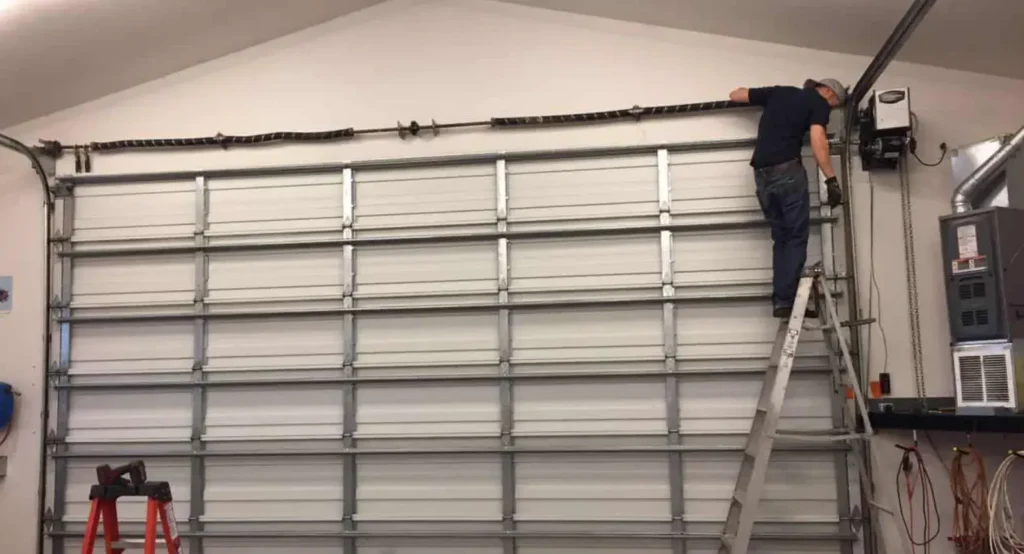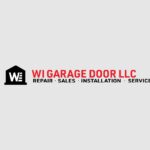Garage door opener malfunctions can range from minor annoyances to significant inconveniences, but with the right approach, they can often be resolved efficiently. The initial step in any troubleshooting process involves a systematic check of the power supply, remote control functionality, and alignment of sensors, which are common culprits behind operational failures. However, when these basic checks do not resolve the issue, deeper mechanical and electronic assessments become necessary. In many cases, seeking professional garage door repair services is essential to address more complex issues. Understanding the intricate workings of gear mechanisms, motor health, and circuitry is vital. As we prepare to explore these more complex aspects, one wonders what hidden intricacies might lie beneath the surface of a seemingly simple system.
Identifying Common Issues
Identifying common issues with your garage door is the first step towards effective repair. Awareness of potential problems not only enhances the longevity of your garage door but also fosters a sense of community as homeowners share solutions and maintenance tips.
The most frequent issues include noisy operations, unresponsive openers, and uneven movement.
Noisy garage doors can typically be attributed to loose hardware, worn rollers, or inadequate lubrication. Regular checks and tightening of bolts and screws, alongside applying suitable lubricants to rollers and hinges, can greatly reduce noise and improve operation efficiency.
Unresponsive openers are often due to disrupted power sources or faulty remote control batteries. Making sure your door’s power supply is consistent and checking the batteries in your remote can often resolve these issues quickly. Additionally, reprogramming the opener can reestablish connections that might have been lost.
Uneven movement, where the door does not close or open uniformly, might indicate an issue with the tracks or springs. Over time, tracks can bend and springs can lose tension, leading to imbalanced door movement. Regular inspection and adjustment guarantee the door operates smoothly and remains aligned.
Step-by-Step Repair Solutions
Addressing the issues with your garage door begins with targeted, systematic repair steps that secure long-term functionality and safety. Once you’ve identified the problem, as discussed in our previous section on common issues, it’s time to move onto the practical solutions that will restore your garage door to peak operation.
Firstly, if your garage door isn’t opening or closing properly, check the alignment of the tracks. Misaligned tracks can cause significant operational issues. Loosen the screws that hold the tracks to the garage frame, gently tap the tracks into the correct position, and then retighten the screws. This precise adjustment ensures smoother movement.
For issues with the garage door opener, begin by examining the remote control battery and the power supply to the opener itself. Replace the battery if necessary and guarantee that the power source is consistent and reliable. If the opener still malfunctions, recalibrate the opener settings as per the manufacturer’s manual. For more complex issues, consider calling a garage door repair service to ensure a thorough and professional resolution.
Lastly, if you encounter resistance or unusual noises during door operation, lubricate the rollers, tracks, and hinges. Use a silicone-based lubricant for best results, as this not only facilitates smooth operation but also extends the components’ lifespan.
Read more:
Preventive Maintenance for Garage Door Repair with WI Garage Door LLC: Spring Care Tips

